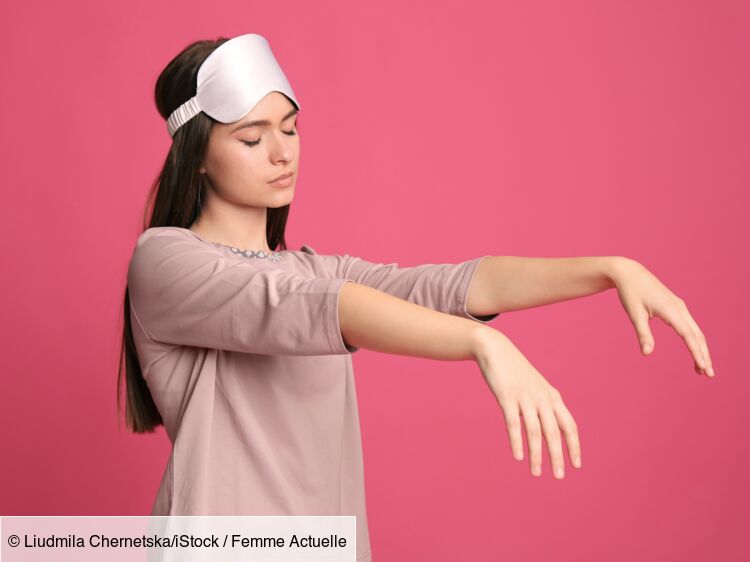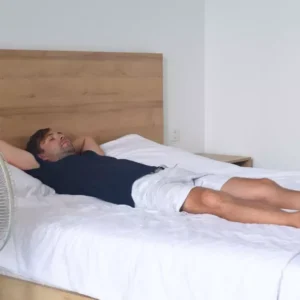Have you ever gotten up, sat on the end of the bed, or even talked while your mind was asleep? This is a sleepwalking attack. As the MSD Manual explains, “sleepwalking, more common in second part of childhood and in adolescence, corresponds to wandering in a state of semi-consciousness without the person realizing it. But then, what pushes the brain to plunge into a state of sleepwalking?
In a study published in review Nature Communicationsresearchers from the Lausanne University Hospital (Switzerland), studied what happens in the brain during a sleepwalking attack.
How to study the impact of sleepwalking on the brain?
To carry out their study, the scientists asked patients with wakefulness disorders (confusional awakenings, sleepwalking and/or night terrors) et having presented at least one episode of parasomnias during the last month, to carry out a medical evaluation with a sleep doctor, as well as a polysomnographie. As a reminder, polysomnography is a medical examination that studies sleep quality by recording sleep, ventilation and movements during the night. The researchers then made two nighttime recordings of each participant. During the first recording, patients slept normally, while during the second they were kept awake and not allowed to sleep until the next morning. In some participants, this resulted in an episode of parasomnia. The researchers then asked people who had had an episode of parasomnia to report what came to their minds.
Sleepwalking would seem like a dream for 56% of participants
Among patients who suffered an episode of parasomnia, 56% reported dreaming and clearly remembering the content of their experience. “Most often it was a matter of misfortune or imminent danger. Some reported that they thought the ceiling was going to collapse. A patient thought he had lost his baby and was searching in the sheets, and then got up in bed to try to save the ladybugs that were going to slide down the wall,” declares one of the researchers of the study Francesca Siclari, in a recent press release.
Moreover, 19% of patients who suffered an episode of parasomnia expressed their state of unconsciousness during it. According to the researcher, “most of them didn’t feel anything and just woke up to find themselves doing things.” Another small portion said they experienced something but couldn’t remember what it was. As the team of scientists explains, patients who dreamed during the parasomnia episode showed brain activations similar to those previously established for dreaming. “These experiences are very real for patients and most already feel relieved to share them with us. Similar to previous studies, our research clarifies what they are experiencing, which is educationally valuable,” conclude the scientists.
Sources :
- Shared EEG correlates between non-REM parasomnia experiences and dreams – Nature Communications
- Parasomnia: What happens inside a sleepwalker’s brain? – Medical Xpress
- Parasomnies – Manuel MSD









